By Savitha Hira with inputs from Sonal Mamoowala
Photography: Masao Nishikawa; courtesy the
architect
Read Time: 2 mins
The Charnel House in
Ryusenji Temple, Japan is an ossuary designed to keep pace with contemporary
mindsets; without blurring the boundaries of religious sentiments…
Architect Yukio Asari of
Love Architecture Inc. believes that ‘time’ and ‘space’ for revisiting the dead
should be transcendent and beyond human knowledge. Substantiating his belief,
he redesigns an old, rarely used temple at a graveyard complex, where Yukio
proposes a unique way of visiting the dead with a new perspective for ancestral
reverence.
The Japanese are renowned
for their strict adherence to religious beliefs for the living as well as the
dead. With winds of change,
urbanization, global shrinkage and advancement in technology, architectural
design solutions too have changed.
An existing temple complex
with a 40-year-old, unused Charnel House is now repurposed into a holistic
temple complex that illustrates concepts of ‘life’ and ‘death’; with Charnel
House redesigned as a wooden-lattice-panelled octagonal building representing
Hades - God of underworld and ruler of dead. It hosts the ossuary – a space for
the dead; whilst its approach and surroundings are full of greenery and
flowering plants – representing ‘life’, further accentuated by existing statues
of Buddha and Jizo.
A dim entrance is illumined
with a skylight above a central, rammed-earth spiral staircase that connects
the three levels; besides this the short flight of stairs that bridges the
surrounding water body at the entrance acts as the dividing line between the
living and dead. It also clearly demarcates the area of worship from the area
for funerals.
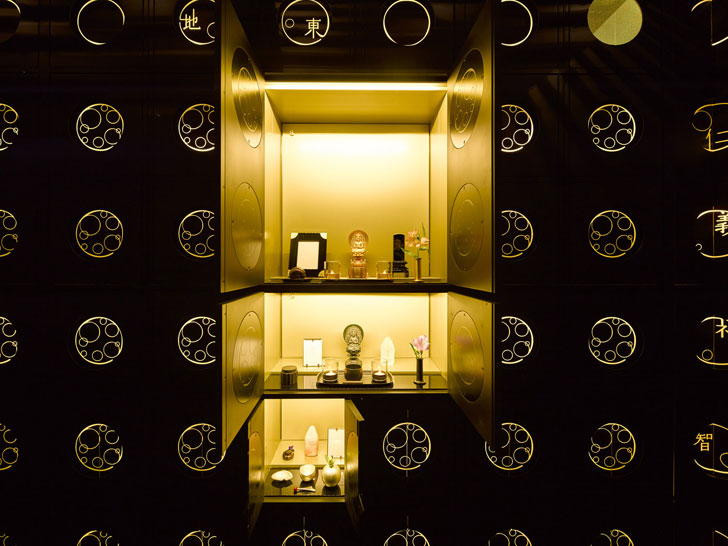 |
| . |
Inside the chamber, lockers
(housing the Buddhist altar and a cinerary urn) with luminous doors appear like
planets and stars; gleaming as light filters through the gaps of the bamboo
ceiling. Here, a small prayer area enables connection with the departed souls.
The architectural exercise that
transcends the built form, delving deeper into the emotional ethos of
relationships is an affirmation of the custom of visiting graves, even though
the form of the grave changes. Not only is
the Charnel House different from the conventionally known graveyard, it does
not follow the traditional Jidan system either (Jidan was a system, where
commoners had to register with a temple to prove their Buddhist faith - the
financial basis of many temples in Japan).


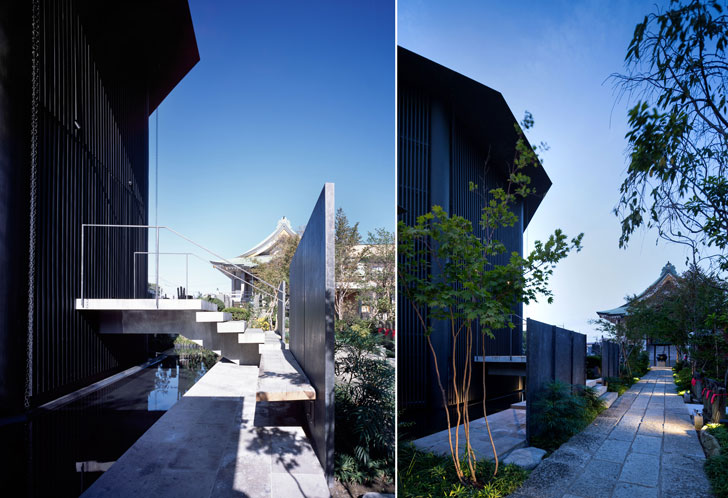

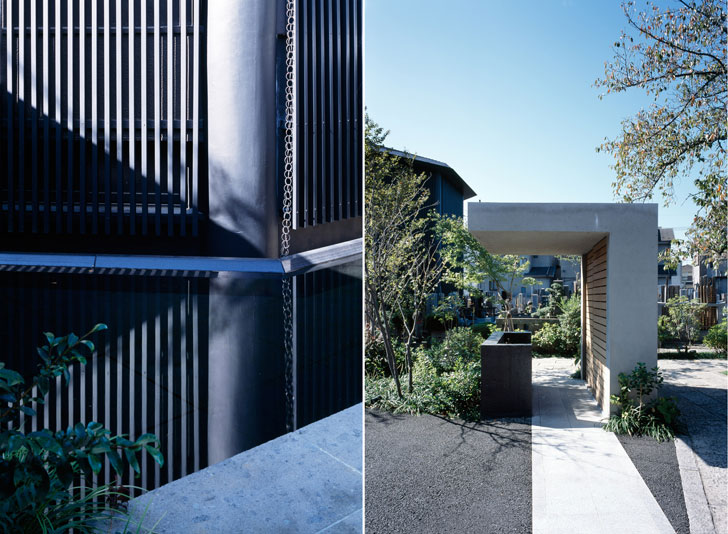
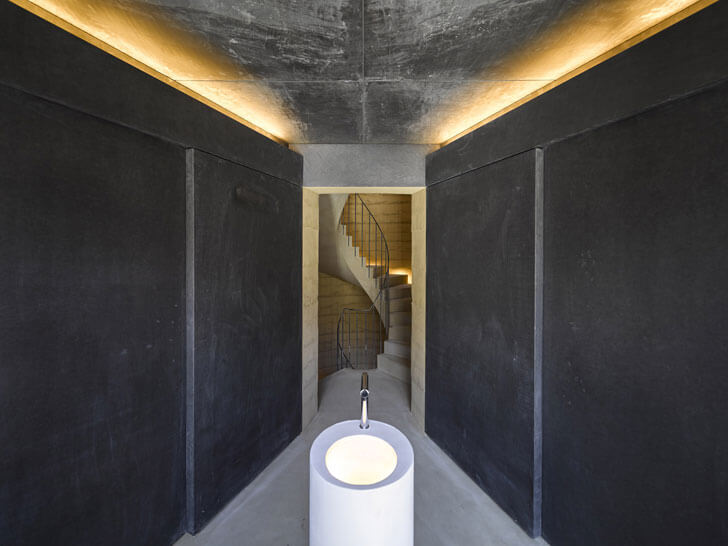
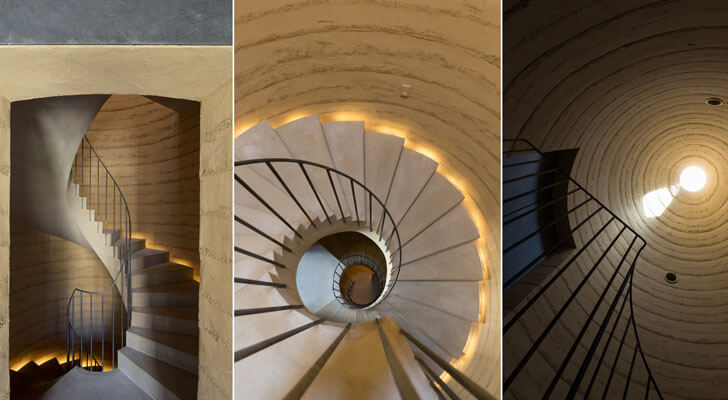
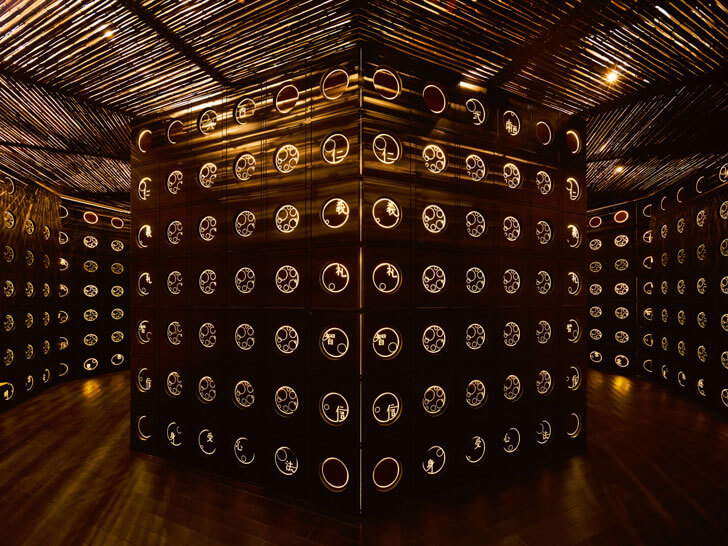
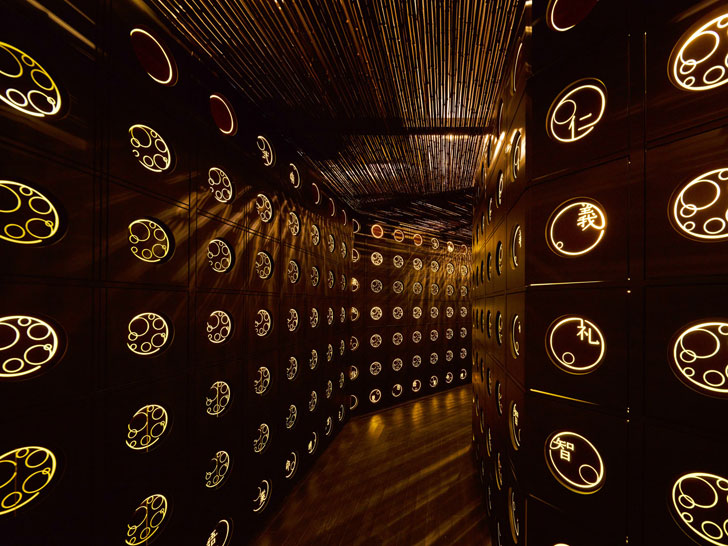

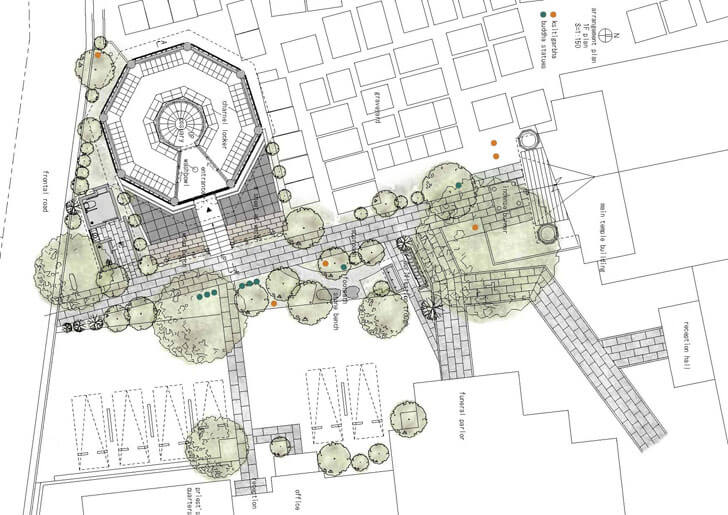
No comments :
Post a Comment